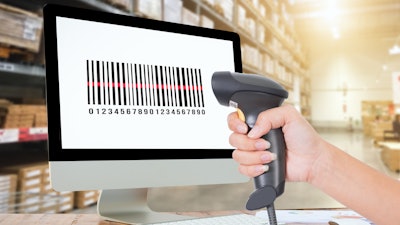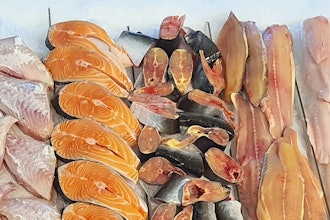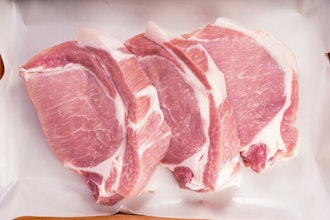
If you’re looking for a better way to mitigate the risk of foodborne illness in your supply and distribution channels, tech and software offer new protection and quality assurance methods. However, it may not be in the way that you think.
Timing is everything, especially if there's a quality issue within your manufacturing process. While your current system may have “enough” functionality to get you by, the two questions to ask to differentiate yourself for 2023’s competitive atmosphere is:
- How can businesses most effectively use tech to drive food quality and brand perception?
- Is my business doing “enough,” or are we actively mitigating risk and saving in the process?
Below, we take a deep dive into how traceability systems encourage outbreak prevention for the modern-day consumer environment, and drive overall food quality and transparency at every step of the manufacturing process.
The global food traceability market is expected to exceed $37.9 billion in 2029, pointing to a growing expectation of full manufacturing control, optimization, and transparency for your target consumers.
One of the best ways to begin to optimize your process is to review recent history and learn from the mistakes of other brands. For example, some of the most recent food outbreaks (like the mysterious Lucky Charms outbreak of 2022) have been identified to a single item or “source” – but have not been resolved.
This could have been avoided with a solid outbreak prevention system. Many brands choose to do this through the implementation of food tracking software.
The Benefits of Traceability Software
Higher Consumer Confidence. Investing in traceability systems in your food business results in higher consumer confidence. Even if it’s not public or customer-facing knowledge that you have any sort of system in place, implementing a comprehensive software solution for your food brand offers you two key benefits:
- Customer facing: A sleek method of question resolution during any customer service touchpoint, providing the customer with key information about your products; such as specific lot information, product ingredients, the source of product ingredients, manufacturing details, and general product information.
- Internal: Your business will enjoy less outbreaks overall, and greater agility in your response to potential threats before they develop and tarnish the brand. This creates a “seamless” experience for your customers, reinforcing their confidence in your end product and brand.
The most notable instance of this occurred this past March of 2022 – when fast-casual chain Chipotle was mandated to pay a record-setting $25 million dollars due to its repeated outbreaks of foodborne illness between 2015-2018.
These fees do not take into account the millions of dollars spent renovating their manufacturing process, employee training resources, or any other element of operation. During the time of the outbreaks, the chain was unable to pinpoint a point of compromise from farm to restaurant tables. This went on for months, sickening over 1,000 customers over the period of evaluation. With proper traceability measures in place, they could have significantly reduced the impact of the outbreak, and halted production of the problematic product in hours.
Enhanced outbreak prevention. A strong traceability system and process results in higher quality customer service experiences. For example, if a customer determined that a product’s quality was less than satisfactory, they could connect to your team – who could then easily locate the product and make it right with the consumer. Without traceability technology in your food business, this process would be far less efficient. It would also be more likely to result in a poor customer experience, damaging brand perception.
Greater Agility. In the event of any perceived risk or “breakage” in your food safety process, you can react strategically, and with the agility you need to respond quickly. This isn’t just helpful for your brand’s perception in your core group. It’s essential to your brand’s ability to convert. Helpscout has found that 89 percent of consumers will make a second purchase with the brand after a positive experience – and 93 percent re-purchase with brands with “excellent” customer service.
As you evaluate your traceability software of choice, critical elements to look for include:
- CRM management and support functions.
- Centralized customer communication channels.
- Reporting and monitoring of team performance & customer satisfaction.
While you can adopt a piecemeal approach and rely on secondary tools to meet your client management needs, it is not recommended. Working in a centralized system allows you to have the comprehensive flexibility and recall your team will need.
Better Demand Management.. Traceability is more than lot number tracking and food safety. As you refine and manage your operations, you’ll be able to strategically manage your flow of supply and demand across consumers. Food tracking software shows where each lot is going, in what quantities, and over what time increments. Knowing these details can inform your operation and distribution strategy, resulting in less potential for waste.






















